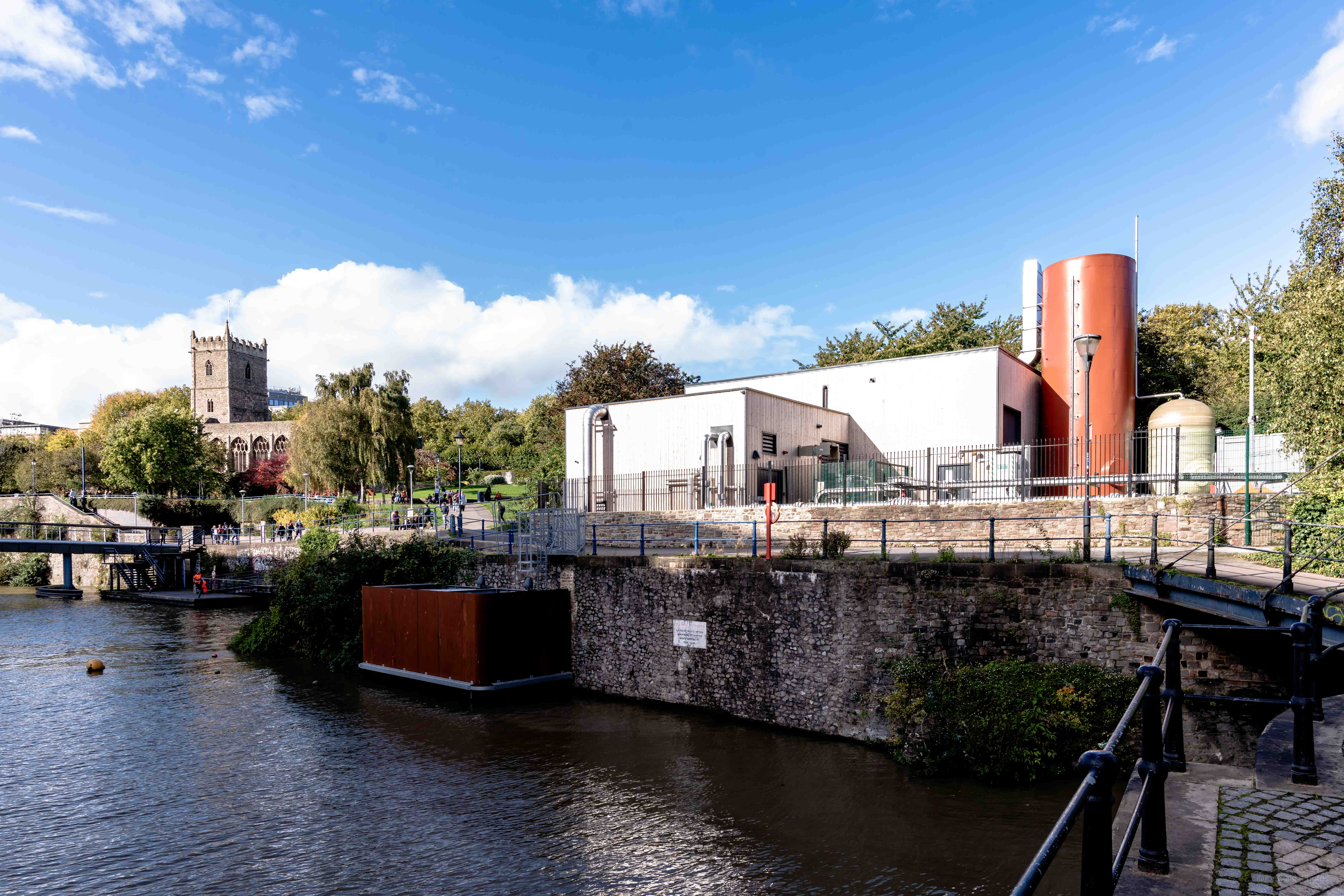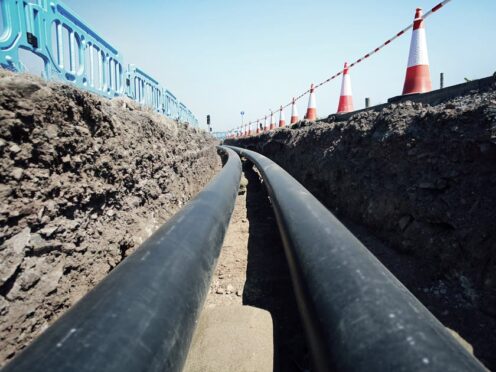Installing heat networks to replace home gas boilers in urban areas is an investment opportunity worth tens of billions of pounds, an energy company has said.
Swedish state-owned firm Vattenfall said it was looking to invest more than £1 billion in the infrastructure needed to deliver heat networks in five to eight cities in the UK by 2030.
And meeting Government targets to have 20% of homes on heat networks by 2050 will require investment of £60-£80 billion over that time, Vattenfall Heat UK managing director Jenny Curtis said.
Heat networks use a centralised source of heat – anything from a large heat pump drawing energy from water in a canal or disused mine to waste heat from a data centre – and pipe it to nearby buildings where it is used to heat rooms and water.
Heat networks remove the need for individual heat pumps, boilers or hot water tanks in properties, providing heating and hot water from the piped heat through a heat exchanger which for a home is around the same size as small gas boilers and can be individually controlled.
Ms Curtis said heat networks were often the lowest-cost low carbon solution in dense urban areas – but needed a level playing field with other clean technologies such as heat pumps and also with gas heating.
She added: “District heating is the big unsung hero of decarbonisation of heat.
“The Government’s own target is for 20% of heat to be provided by district heating networks by 2050, so one in five homes and the majority of those that have homes in large cities will end up being on the heat network, but at the moment nobody’s really ever heard of it.”
Projects Vattenfall is already working on include a heat network in Brent Cross Town, London, for 6,700 new homes and three million square feet of commercial space, powered by heat pumps and other low carbon sources.
In Bristol, Vattenfall is expanding the heat network, with plans to invest £475 million, enabling it to provide enough heat to supply the equivalent of 12,000 homes, connecting existing and new buildings in the city centre.
And in Midlothian, Scotland, the company is working with the council on a plan to invest £100 million in low carbon heating over five years, including a heat network for Shawfair Town, a new development project of a community of 4,000 homes, three new schools, and shops and businesses.

Ms Curtis said heat networks worked best at scale, so it required working with local authorities, government and large real estate developers to consider schemes at an early stage of development and create demand that made it worth investing in large-scale, long-term infrastructure.
And there was a need for raising awareness with the end consumers, so when people moved into a house or their building is moved to district heating, they understand how it operates and the benefits they get from the service.
Ms Curtis welcomed moves to introduce zoning for heat networks, which will designate zones where heat networks are expected to offer the lowest cost solution for clean heating, and where new developments and larger buildings will be required to connect to a heat network within a certain time.
But she also said: “One of the really important things is that we do have a level playing field with other technologies, so that’s both in terms of heat pumps but also with gas.
“We need to be able to provide a positive economic rationale for people to switch away from gas to a low carbon solution.
“We can do this for new build developments quite successfully using existing planning policy and decarbonisation drivers, it’s much more challenging to do it in the retrofit market.”
She said the Government could provide a financial incentive for building owners to support the upfront capital costs of connecting to a heat network, in the same way it is providing a £7,500 grant for people to install heat pumps in their homes.
And she added to calls for action to rebalance gas and electricity prices, where electricity – used for some heat networks such as large scale heat pumps – is much more expensive than gas.
“This is such a large investment opportunity, we’re looking at £60-£80 billion of investment in heat networks between now and 2050, so it’s worth getting it right because the economic growth and social value we can deliver off the back of it is huge,” she urged.
A Department for Energy Security and Net Zero spokesperson said: “Heat networks are expected to support millions of households in the years ahead, as families look to cleaner ways to heat their homes.
“We are working with industry and local authorities to transform existing heat networks and build new ones, having already invested over £500 million since 2019.
“We’re putting households at the heart of this, having announced greater consumer protection and fairer prices for heat network customers from next year.”
